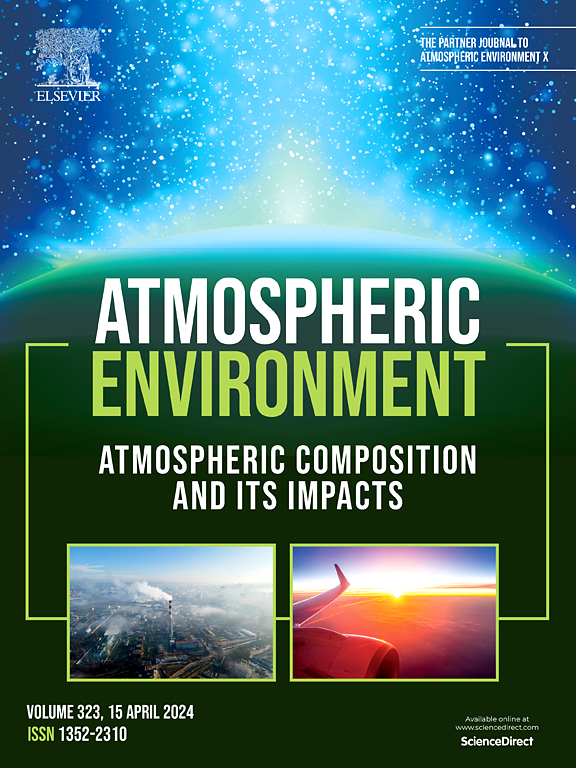Chemical composition of aerosols over the Arabian Sea based on global reanalyses data and on-board ship measurements
IF 4.2
2区 环境科学与生态学
Q2 ENVIRONMENTAL SCIENCES
引用次数: 0
Abstract
The knowledge of chemical composition of atmospheric aerosols is key to understand aerosol-cloud-climate interactions and surface water biogeochemistry in the oceanic regions. Despite of strong natural and anthropogenic sources in its upwind regions, the studies on aerosol composition have been very limited over the Arabian Sea. We have comprehensively analyzed the results from global models, ECMWF's CAMS and NASA's MERRA-2 reanalyses, in conjunction with our ship-based measurements. Both models captured the overall spatio-temporal variability in sulphate (SO42−) and sea salt (r = 0.76–0.86). However, there is large scatter in PM10 and dust variability and the concentrations are typically overestimated by MERRA-2 except during winter, but underestimated by CAMS. Despite of difference in magnitudes, these models successfully reproduced the key seasonal features e.g., winter-time maxima in sulphate (9.0 ± 6.5 μg m−3 in MERRA-2, 11.9 ± 6.2 μg m−3 in measurements). While sulphate enhancement is most pronounced along India's west coast, the monsoon-time sea salt spike is strongest near east coast of the Middle-East (>200 μg m−3) region. Trend analysis results from both models indicate a statistically significant increase in sulphate aerosols over the Arabian Sea during 2003–2022 period (0.4 μgm−3y−1 in winter). However, long-term trends in sea salt and dust are not consistent between the two models and underscore a need for further investigations. Insights into aerosol distribution and model performances from this study would aid in planning future expeditions and refining chemistry-climate models, thereby enhancing our understanding of biogeochemical processes in the Indian Ocean.

求助全文
约1分钟内获得全文
求助全文
来源期刊

Atmospheric Environment
环境科学-环境科学
CiteScore
9.40
自引率
8.00%
发文量
458
审稿时长
53 days
期刊介绍:
Atmospheric Environment has an open access mirror journal Atmospheric Environment: X, sharing the same aims and scope, editorial team, submission system and rigorous peer review.
Atmospheric Environment is the international journal for scientists in different disciplines related to atmospheric composition and its impacts. The journal publishes scientific articles with atmospheric relevance of emissions and depositions of gaseous and particulate compounds, chemical processes and physical effects in the atmosphere, as well as impacts of the changing atmospheric composition on human health, air quality, climate change, and ecosystems.
 求助内容:
求助内容: 应助结果提醒方式:
应助结果提醒方式:


